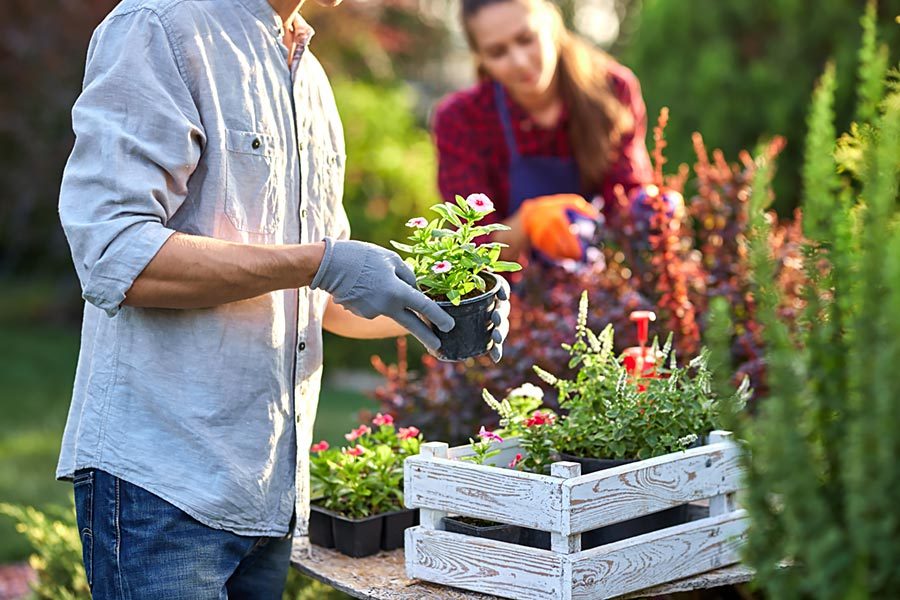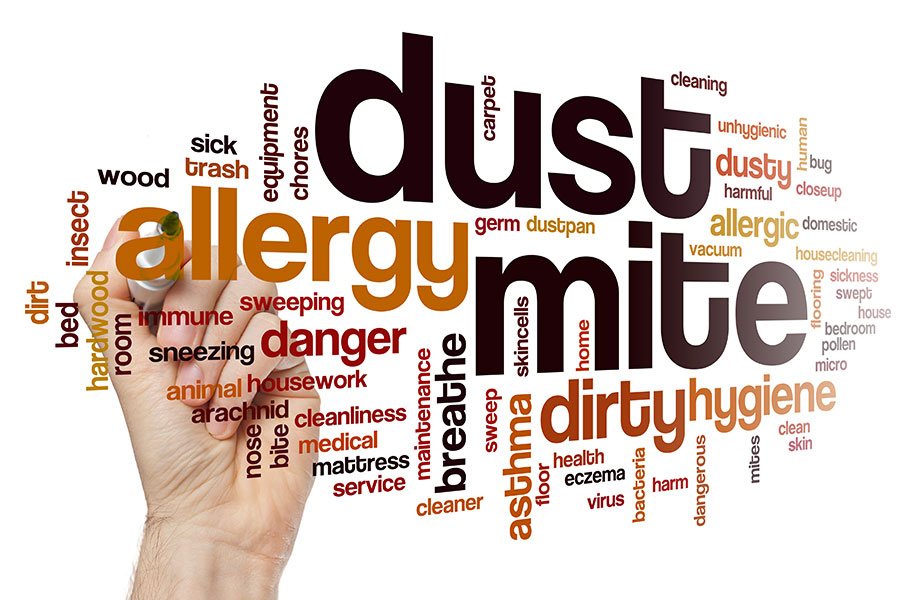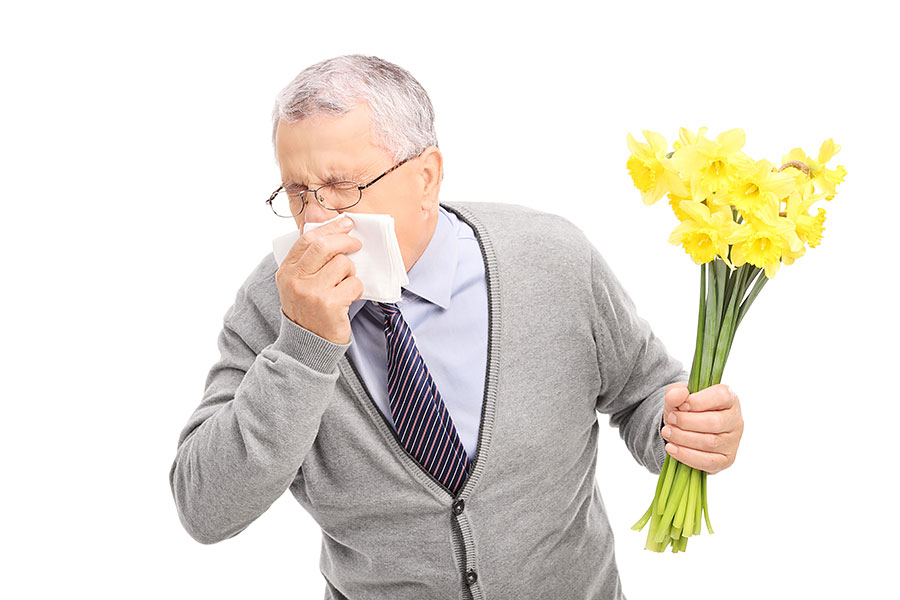The Asthma and Allergy Foundation of American reports that close to 8% of adults in the U.S. have hay fever, also known as allergic rhinitis. Tree, grass, and weed pollen and mold spores are common culprits.(1) Allergy sufferers can still enjoy the hobby of gardening but need to take special precautions to prevent annoying allergy symptoms, such as sneezing, congestion, and watery eyes.(1)
Gardeners should pay attention to pollen counts. Updated information on pollen and mold levels in specific geographic locations can be found at the National Allergy Bureau. https://pollen.aaaai.org/ Visitors to the site can also sign up for email alerts on the levels in their area.
Planning ahead can help with symptom control. Before pollen season begins, gardeners might consider using a nasal steroid spray to reduce inflammation.(2) Long sleeves and long pants, a hat and sunglasses can help keep pollen off the body, hair and eyes. Some gardeners choose to wear a mask.(2)
Gardeners should leave gardening tools, gloves, and shoes outdoors after gardening to avoid bringing allergens indoors, according to the American Academy of Allergy, Asthma & Immunology. Showering immediately after gardening is a good idea.(3)
The academy states that certain trees, grasses and flowers are better choices for gardeners with hay fever. Some of these include:
- Cactus
- Cherry tree
- Dahlia
- Daisy
- Geranium
- Hibiscus
- Iris
- Magnolia
- Roses
- Snapdragon
- Tulip
(1) Asthma and Allergy Foundation of America, Allergy Facts and Figures, https://www.aafa.org/asthma-facts/
(2) Raymond, J., reviewed by Nazario, B. M.D., WebMD, Can You Garden if You Have Allergies, https://www.webmd.com/allergies/
(3) American Academy of Allergy, Asthma & Immunology, Allergy-Friendly Gardening, https://www.aafa.org/allergy-facts/




